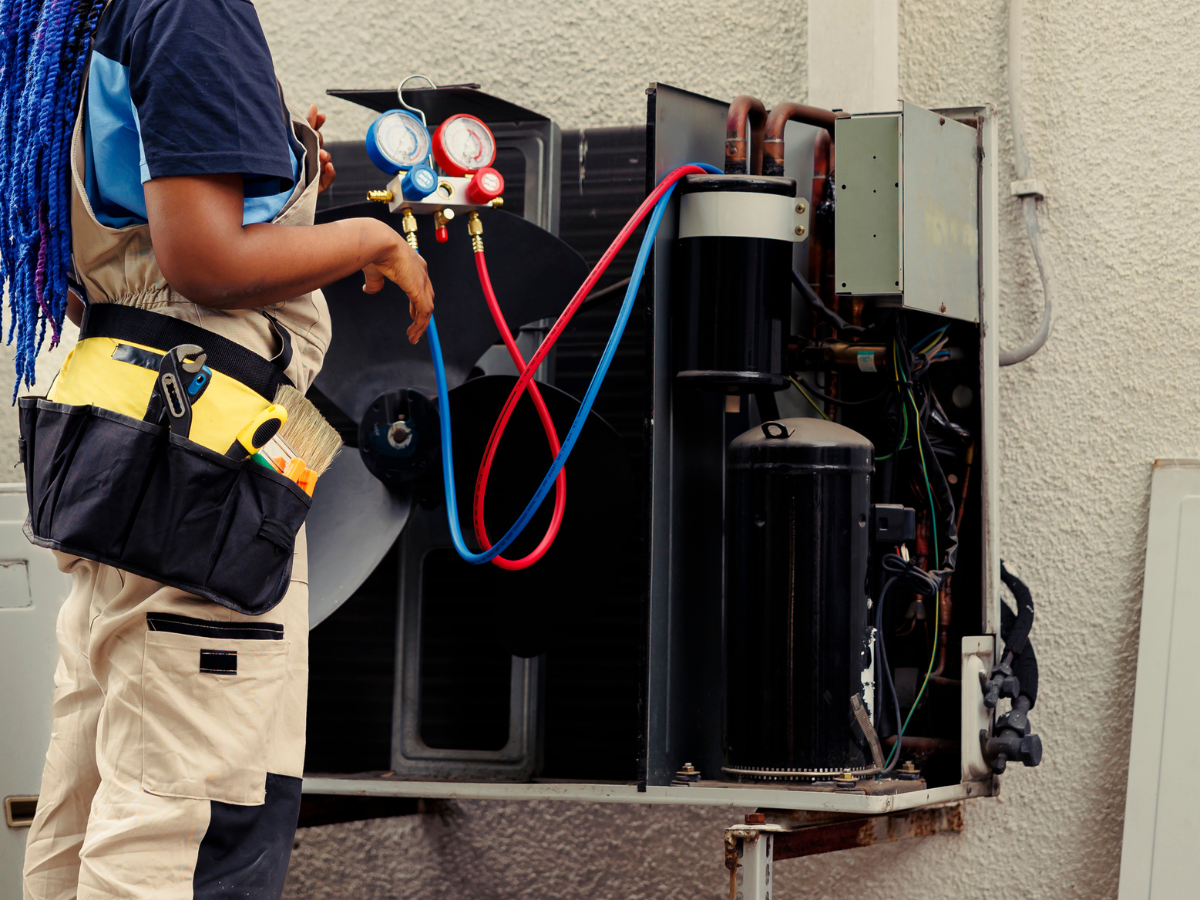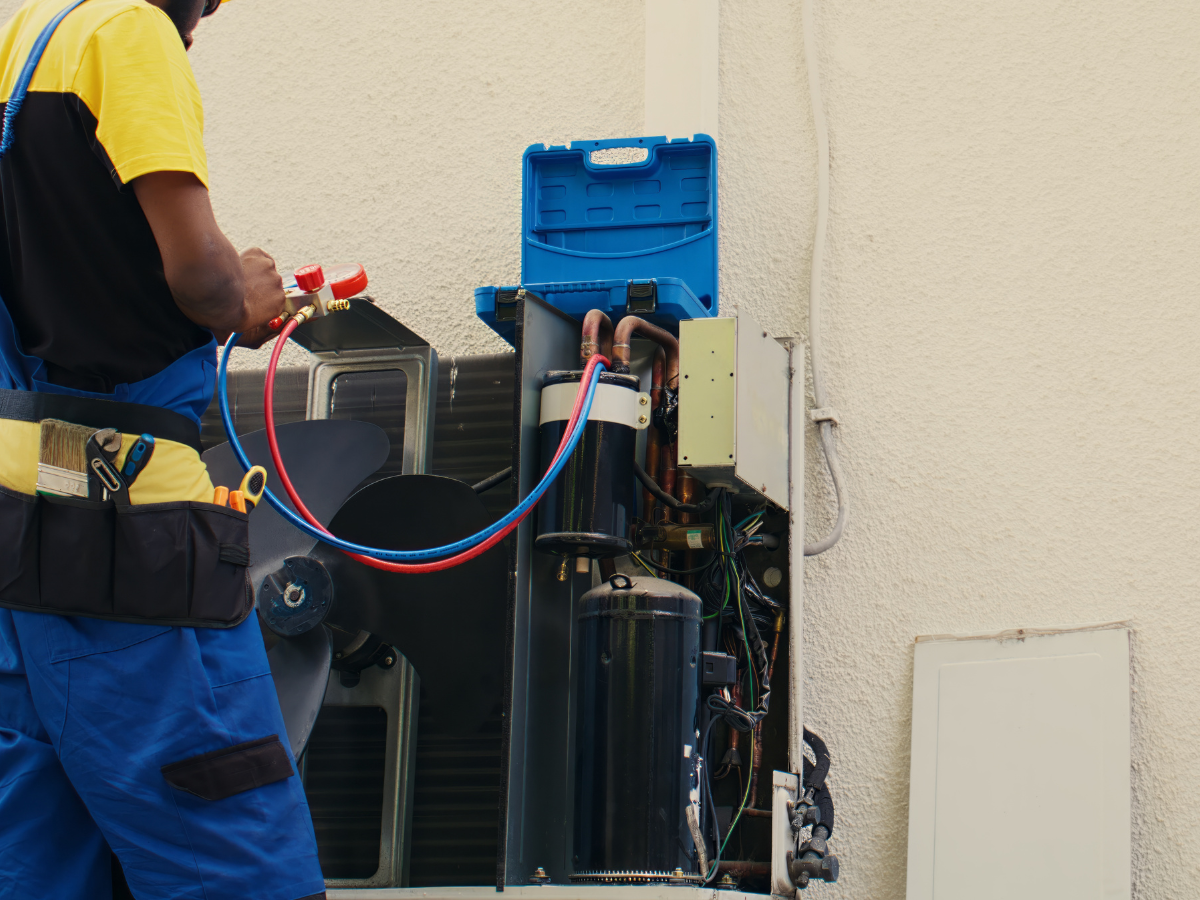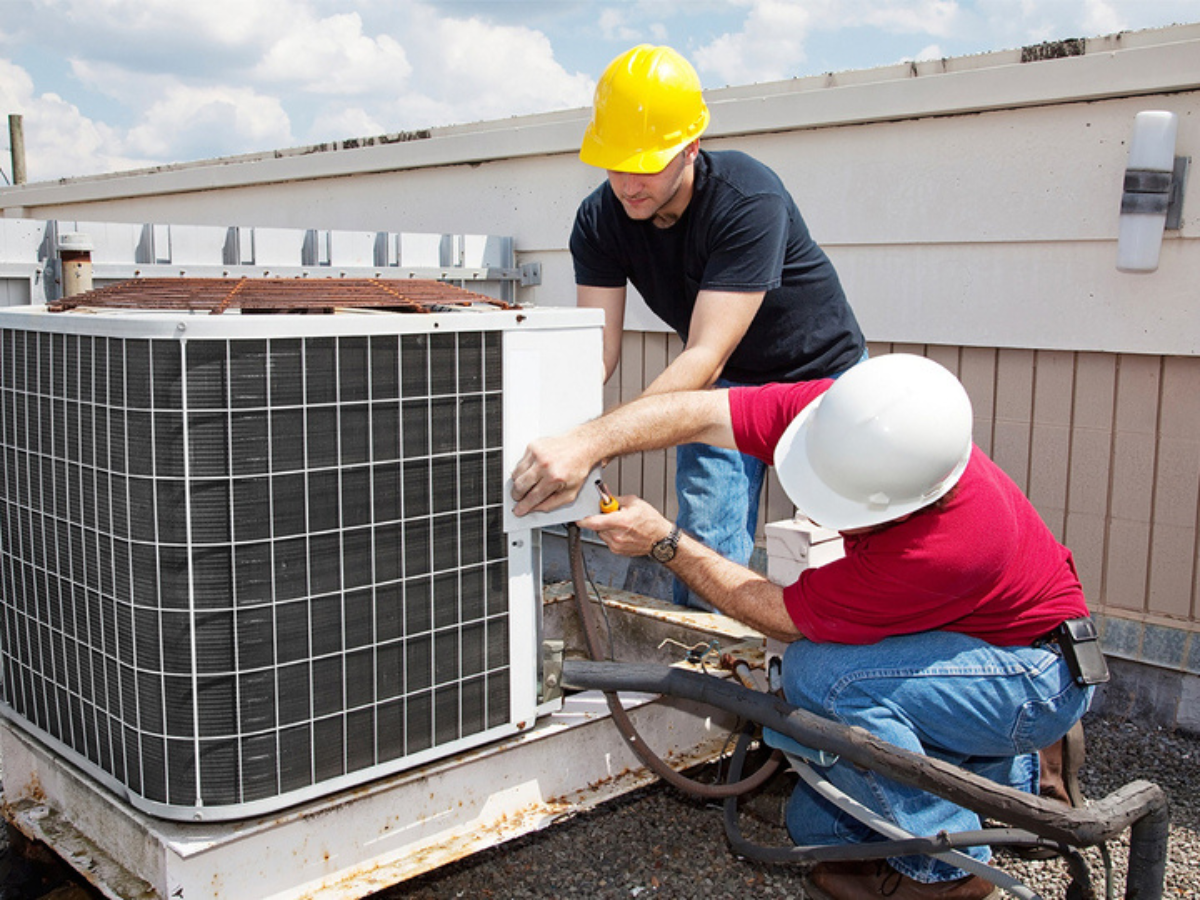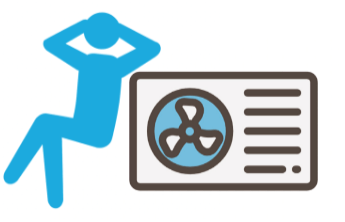By jeffery hofer
•
November 14, 2025
Keeping your air conditioning system service on schedule ensures comfort, efficiency, and long-lasting performance. Regular maintenance prevents costly repairs, improves energy efficiency, and helps your AC operate at its best throughout the year. At Comfort Zone HVAC , experienced technicians provide thorough inspections and tune-ups, ensuring every component of your system runs smoothly and reliably, giving homeowners peace of mind during both summer heat and winter transitions. Routine service can also help identify minor issues before they become major problems, saving time and money in the long run. With consistent care, your AC unit can maintain optimal performance for years to come. How Routine AC Maintenance Works A professional air conditioning system service is a comprehensive check that goes beyond a simple inspection. It involves cleaning filters, checking refrigerant levels, inspecting components, testing electrical connections, and ensuring the system operates safely and efficiently. For homeowners in Whatcom County, regular maintenance is essential to handle seasonal temperature changes and varying humidity. Consistent service not only keeps your home comfortable but also helps your AC unit perform at its best and can extend its lifespan by 10–15 years. Routine servicing also improves energy efficiency, helping to lower utility bills, and ensures your system delivers reliable cooling throughout the hottest months. How Often Should You Schedule AC Service? Regular AC service is key to keeping your system running efficiently and reliably. HVAC experts generally recommend: Twice a year: Most residential AC units benefit from spring and fall maintenance to prepare for seasonal temperature changes. Once a year: For smaller homes or units with light usage, an annual check can be sufficient, though semiannual maintenance is ideal for optimal performance. Tip: Scheduling service before the peak summer months ensures your AC is ready to handle high-demand periods and keeps your home comfortable. Factors That Affect Service Frequency The frequency of air conditioning system service can vary based on several important factors, all aimed at keeping your system running efficiently and reliably: Age of the AC System: Newer units often maintain efficiency longer, while older systems benefit from more frequent checkups to ensure consistent performance. Usage Patterns: Homes that use AC regularly year-round may achieve even better efficiency and comfort with quarterly inspections. Air Quality and Environment: Regular maintenance is especially beneficial in areas with dust, pollen, or high humidity, helping to keep airflow clean and your system performing at its best. Type of AC Unit: Central air systems may require less frequent service, while ductless mini-splits benefit from targeted care to maintain optimal performance. Following a consistent service schedule helps homeowners enjoy longer system lifespan, reduced energy bills, and dependable cooling throughout the year, ensuring comfort in every season. Key Steps in a Professional AC Service A professional AC service ensures your system runs efficiently, reliably, and safely. Licensed technicians typically perform the following steps: Cleaning or replacing air filters – Maintains proper airflow and prevents dust buildup. Inspecting refrigerant levels – Ensures your system delivers optimal coolingperformance . Checking thermostat functionality – Confirms accurate temperature control and consistent comfort. Examining electrical connections and safety controls – Helps prevent failures and enhances system safety. Cleaning evaporator and condenser coils – Improves heat transfer and overall efficiency. Lubricating moving parts – Reduces wear, extending the lifespan of key components. Regular service following these steps keeps your AC running smoothly, improves energy efficiency, and helps prevent costly repairs, ensuring reliable comfort throughout the year. Signs Your AC Unit Needs Immediate Service Even with regular maintenance, certain signs indicate that your AC could benefit from prompt professional attention. Recognizing these early helps maintain comfort, efficiency, and system longevity: Strange noises – Buzzing, grinding, or rattling sounds may signal components that need inspection. Uneven cooling in rooms – Ensures all areas of your home stay comfortable and balanced. High energy bills – Can indicate your system is working harder than necessary and may benefit from a tune-up. Frequent cycling on and off – Early attention keeps your AC running smoothly and prevents unnecessary wear. Musty odors or visible mold around vents – Identifying airflow or moisture issues improves indoor air quality. Addressing these signs promptly helps prevent larger repairs, maintains energy efficiency, and ensures your AC continues to deliver reliable cooling throughout the year.




